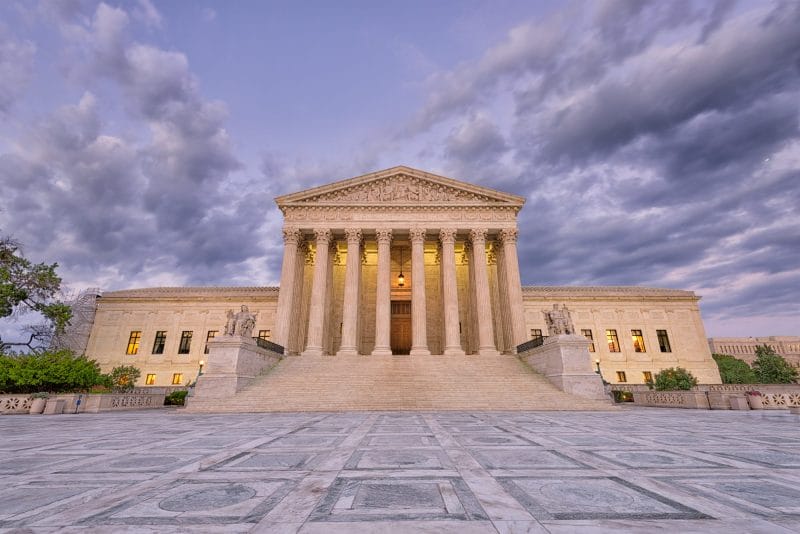
By Claire Caulfield | Cronkite News
High school graduation rates reached an all-time high of 83 percent last year, but Arizona still lagged behind the nation at 77 percent in the 2014-2015 school year, the White House said Monday.
President Barack Obama touted the figures at a high school in Washington, where he said that gains in graduation rates were particularly strong for Latino, Native American and African-American students.
“African-American and Latino students, in part because of the legacy of discrimination, too often lagged behind our white classmates, something called the achievement gap that, by one estimate, costs us hundreds of billions of dollars a year,” Obama said during a speech at Banneker High School, which posted a 100 percent graduation rate last year.
“I want us to be No. 1 across the board,” he said.
Both Native American and Latino students saw a six-point increase in graduation rates nationwide from 2011 to 2015. American Indian and Alaska Native students graduated at a rate of 71.6 percent last year, while Hispanic students graduated at a 77.8 percent rate.
Arizona saw similar gains for Native American students, whose graduation rates rose from 61.7 percent in 2011 to 66 percent in 2015. Meanwhile, the numbers for Hispanic students were essentially unchanged, going from 72.2 to 72.3 percent in that same period, according to the Arizona Department of Education.
“We see that there are certain areas where we’ve made a stride forward, but there’s certainly more work to do,” said Charles Tack, a spokesman for the state department.
The department has identified key ZIP codes where students need additional support and resources in order to graduate on time, Tack said.
“A lot of these are on the reservations and in low-income areas,” Tack said. “And we’re dedicated to raising these rates to close some of these achievement and opportunity gaps.
The overall graduation rate in Arizona peaked at 78 percent in the 2010 -2011 school year, before dropping two points the following year. Despite incremental improvement, the overall state graduation rate is still 6 percentage points behind the national average.
“Arizona has, a lot of English language learners, that is, students who aren’t quite fluent in English and also our most recent numbers show that we’re at about two-thirds of our Native American students graduating,” Tack said. “I think we would all agree that’s simply not good enough.”
While there have been slight changes in the overall graduation rate in recent years, Tack noted that the numbers are going in the right direction.
“It is hard to say exactly what causes those fluctuations but we’re certainly pleased that now at least it appears that we’re trending slightly upward,” he said.
While Obama said he was proud of the achievements schools have made, he criticized the lack of financial support for students in the nation’s public schools.
“There’s still too many states that are cutting back on public education,” he said. “Part of the reason tuition is going up is because states aren’t putting as much into state education – universities, community colleges – as they used to.”
Arizona had the third-lowest rate of per-pupil spending in the nation in 2014, according to the most-recent data from the Census Bureau. It said the Arizona Department of Education spent $7,528 per student that year, well below the national average of $11,009.
Tack said the department’s focus is on helping schools best manage the funds they have, especially as the Every Student Succeeds Act is phased in to replace No Child Left Behind.
“We also want to work with our schools, help them use their resources and work with them to make sure those resources are maximized and that they have the flexibility at the local level to make those resources work for their students,” Tack said.
U.S. Education Secretary John King said all improvements are worth celebrating because the graduation rate, “represents real students in real cities, towns and rural communities who are better prepared for success in college and careers.”






